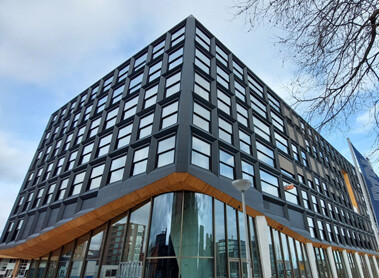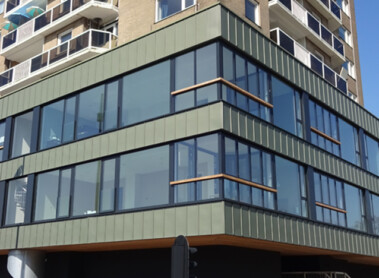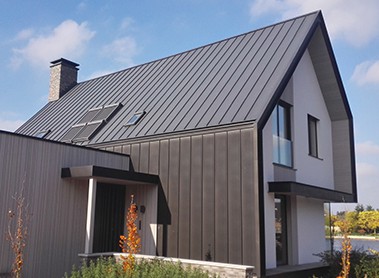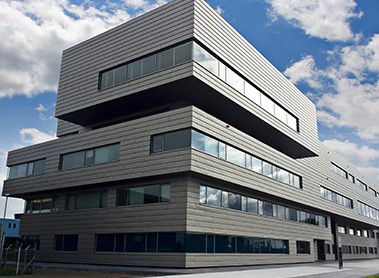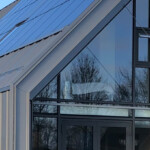Han River Renovation Yeoju Ipo-gu in South Korea.
STRIKING SPHERES COVERED IN NEDZINK NATUREL AND NEDZINK NOVA
Giant zinc eggs adorn South Korean weir
In South Korea the rare red-crowned crane spends the winter in vast wetlands, the deep water marshes. The eggs of this protected bird served as the inspiration for the huge egg-shaped spheres on the ‘Yeoju Ipo-gu’ weir in the Han River. They reflect the sunlight from afar thanks to the beautiful NedZink NATUREL and NedZink NOVA that cover them. The ‘Yeoju Ipo-gu’ weir is a small part of a major project South Korea is implementing in an attempt to control the effects of climate change such as flooding and drought. The country regulates its water management using weirs, increasing the height of dikes, and dams in diverse rivers. As a result South Korea is safeguarding the sites where the seriously threatened red-crowned crane spends the winter. Red-crowned cranes are especially famous for their complex displays in which they bend down, graciously move their head and leap high into the air. What’s more the large birds, which are a metre and a half tall, live in pairs and spend their whole life together. In East Asia red-crowned cranes are considered to be a symbol of luck and fidelity because they are faithful to their mate throughout their life.

